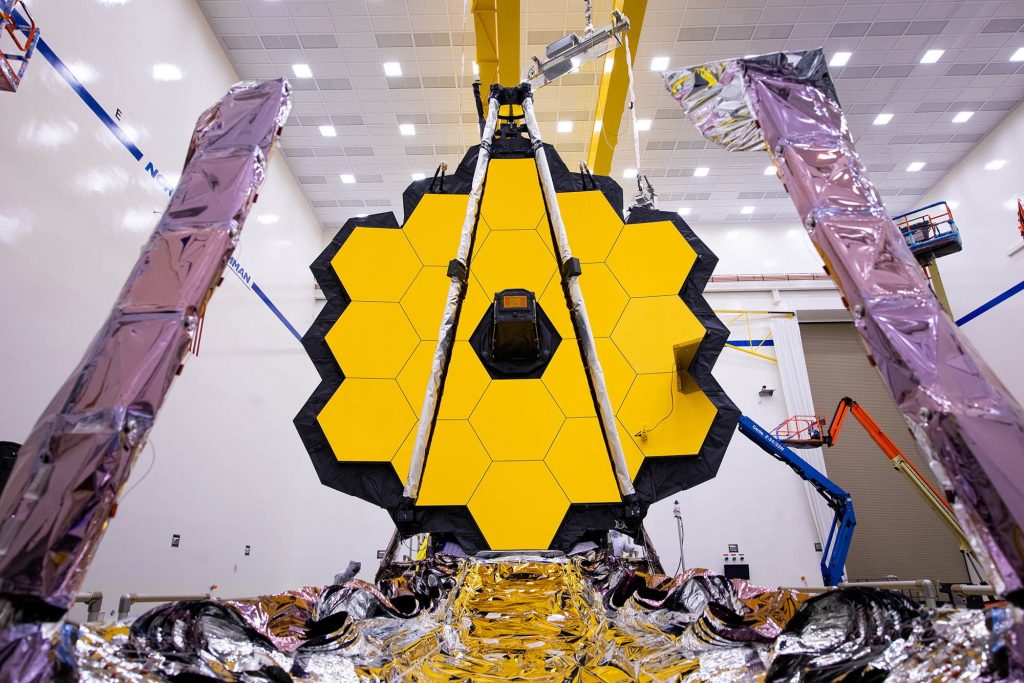Engineers are preparing to launch the Hubble Telescope’s replacement into orbit more than a month after Nasa was able to save the aging Hubble Telescope. The James Webb Telescope has passed its ground-based tests and is now being prepared for shipping to the ELA-3 launch site in Kourou, French Guiana, where it will launch on December 18, 2021.
According to a May 2021 report from the US Government Accountability Office, the cost of the telescope has nearly doubled to $9.7 billion since 2009. The launch has been postponed for almost seven years.
But NASA has finally finished testing the telescope, and Webb is being prepared for its journey to the launch site. It’s currently located at prime contractor Northrop Grumman’s facilities in Redondo Beach, California, and it will travel through the Panama Canal to reach South America.
However, NASA has completed the telescope’s testing, and it is now being prepped for its journey to the launch site. It is currently at the facility of prime contractor Northrop Grumman in Redondo Beach, California, and will transit through the Panama Canal to reach South America.
You may be wondering why did they plan such a lengthy journey. Wasn’t it just easier to fly over the telescope?
Initially, the telescope was to be flown into Cayenne Airport, the nearest airport to its allotted launch site near Kourou. However, transporting it from the airport to the launch site proved impracticable since the bridges along the route were not sturdy enough to carry the load.
Thus, NASA chose to sail a ship through the Panama Canal and up the Kourou via sea. It will land at a location after a one-hour journey to the launch site. This is a considerably longer and more difficult journey than a plane flight, but it appears to be the only way to reach the telescope.
Many future space exploration missions currently rely on this voyage in various rounds. Therefore, NASA will employ the Observatory Space Telescope Transporter for Air, Road, and Sea to assure the telescope’s safety and adequate maintenance. This is an environmentally controlled one-of-a-kind container that will protect the gold telescope during its long and arduous journey.
“It has everything the observatory needs to maintain its environmental safety,” Mark Voyton, NASA’s integrated science instrument module manager for the Webb Telescope, told Inverse. “Temperature controls, humidity controls; there’s the ability to make sure that all of our instruments are purged with dry air to keep them dry.”
We expect a safe trip for the James Webb Telescope!

